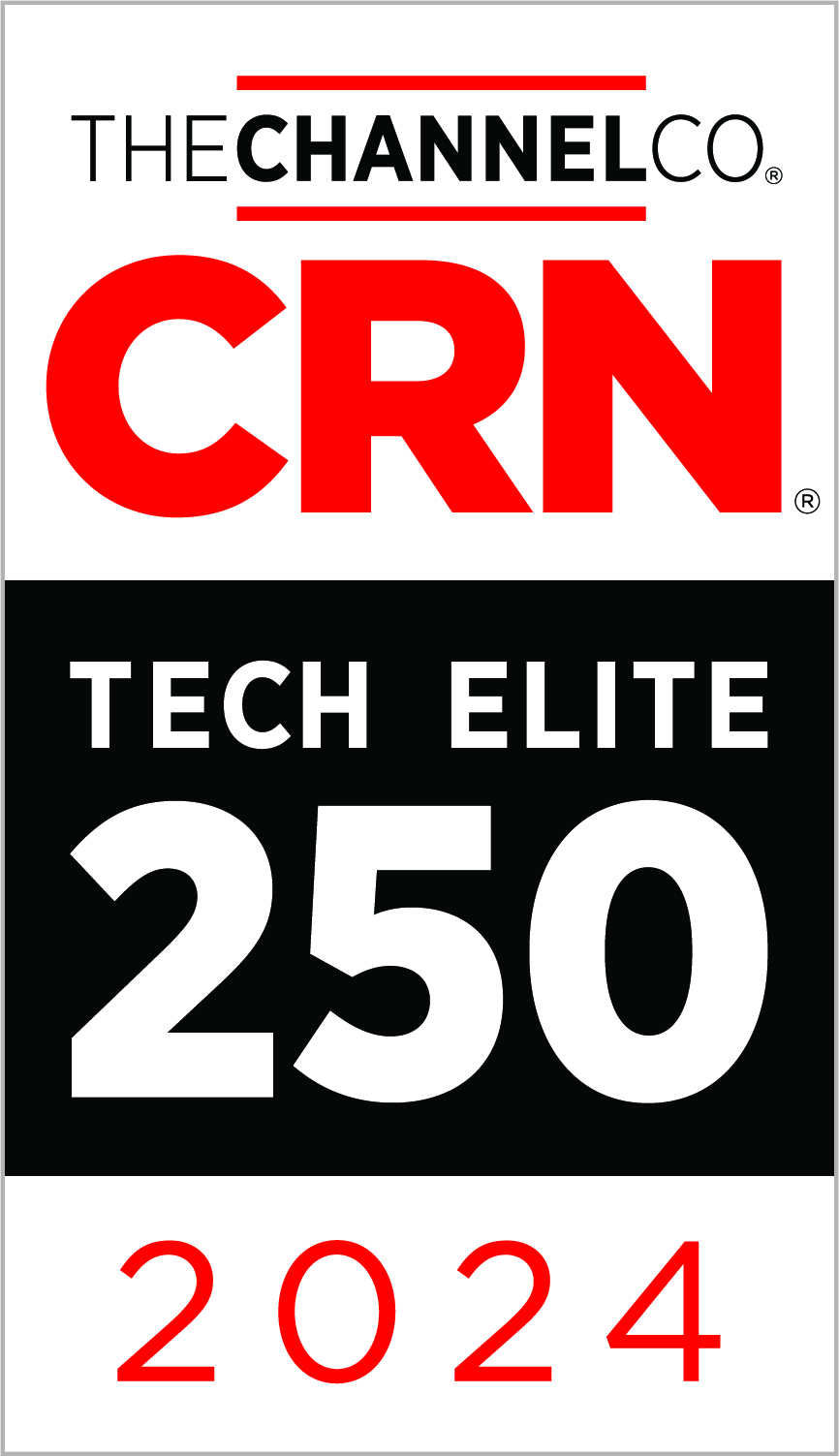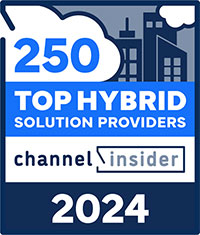Hybrid IT Choice

Hybrid IT or Public Cloud?
Recently, I had the privilege of attending a round table to talk about cloud computing and Hybrid IT. The discussion was to share information on where IT professionals were on their cloud journey within their organization and why companies make the jump to hybrid or public cloud.
The attendees were mostly Director and “C” level executives with representation from almost every spectrum of business. Every stage of the cloud journey was represented. There were companies that have everything on premise and companies with 100% of their IT in the cloud. There were very small companies to some of the largest companies in Colorado, as well as local companies and international companies. It was a great cross representation and lead to some interesting conversations.
What I found interesting was why some of these organizations had moved to the cloud and why some had not moved to the cloud. The discussion also arose on when the idea of Hybrid IT made the most sense for a company. There were a few that had a “Cloud First” approach to IT, but most people in the room agreed that Hybrid IT made the most sense. It really depended on the market and the size of the company.
For example, if most of the IT requirements were remote (stores, etc.), the Cloud approach seemed to be prevalent. Larger companies and companies with high security requirements tended to lean more to the on premise or Hybrid approach.
Almost everyone agreed that moving an application (Software as a Service) or setting up a DR site in the cloud is a good way to gain exposure into cloud computing. This is nothing new and has been going on for some time.
Hybrid IT Option
Hybrid IT is an approach to enterprise computing in which an organization provides and manages some information technology (IT) resources in-house but uses cloud-based services for others.
Many customers have applications that will not or should not move to the cloud. The easy example is mainframe and high-end Unix systems that are unlikely going to move to the cloud. At least until the applications are replaced.
Some of the attendees at this event were hesitant to move to the public cloud because of security and privacy concerns. While others had compliance regulations they must meet. These are valid concerns, and one the hybrid IT can help solve.
While privacy and security should be of utmost concern, businesses still need to innovate. The Hybrid IT model can address both concerns. Enterprises that deal with confidential data need the flexibility the Public cloud provides. They have the ability to create a multi-tenant cloud within the hybrid model. This will segregate applications and resources from each other and can be further isolated with VLANs and additional encryption methods.
By 2020, 90 percent of organizations are expected to adopt
some level of hybrid infrastructure management
~ Gartner.com
Many businesses have found success using Hybrid IT models that allow them to keep full control over sensitive data, such as customer data or internal communications. They can keep data stored on-premise and readily accessible, while relegating less-sensitive data and workloads in the cloud. The added benefit of maintaining a hybrid solution with an on-premise data center is for disaster recovery and keeping private data out of the public pool. Hybrid IT is the ideal use of public and private resources that maximize cost-savings and productivity, and to minimize latency, privacy and security concerns.
Categories
Search
Blog Categories
Related Resources
Archives
- July 2024
- June 2024
- May 2024
- April 2024
- March 2024
- January 2024
- October 2023
- September 2023
- August 2023
- July 2023
- June 2023
- May 2023
- April 2023
- March 2023
- February 2023
- January 2023
- October 2022
- July 2022
- June 2022
- May 2022
- April 2022
- March 2022
- February 2022
- January 2022
- December 2021
- November 2021
- October 2021
- September 2021
- August 2021
- July 2021
- June 2021
- May 2021
- April 2021
- March 2021
- February 2021
- January 2021
- December 2020
- November 2020
- October 2020
- September 2020
- August 2020
- July 2020
- June 2020
- May 2020
- April 2020
- March 2020
- February 2020
- January 2020
- December 2019
- November 2019
- October 2019
- September 2019
- August 2019
- July 2019
- June 2019
- May 2019
- April 2019
- March 2019
- February 2019
- January 2019
- December 2018
- November 2018
- October 2018
- September 2018
- August 2018
- July 2018
- June 2018
- May 2018
- April 2018
- March 2018
- February 2018
- January 2018
- December 2017
- November 2017
- October 2017
- September 2017
- August 2017
- July 2017
- June 2017
- May 2017
- April 2017
- March 2017
- February 2017
- January 2017
- December 2016
- November 2016
- October 2016
- September 2016
- August 2016
- July 2016
- June 2016
- May 2016
- March 2016
- February 2016
- January 2016
- December 2015
- October 2015
- September 2015
- August 2015
- July 2015
- June 2015
- May 2015
- April 2015
- March 2015
- February 2015
- January 2014
- February 2013




